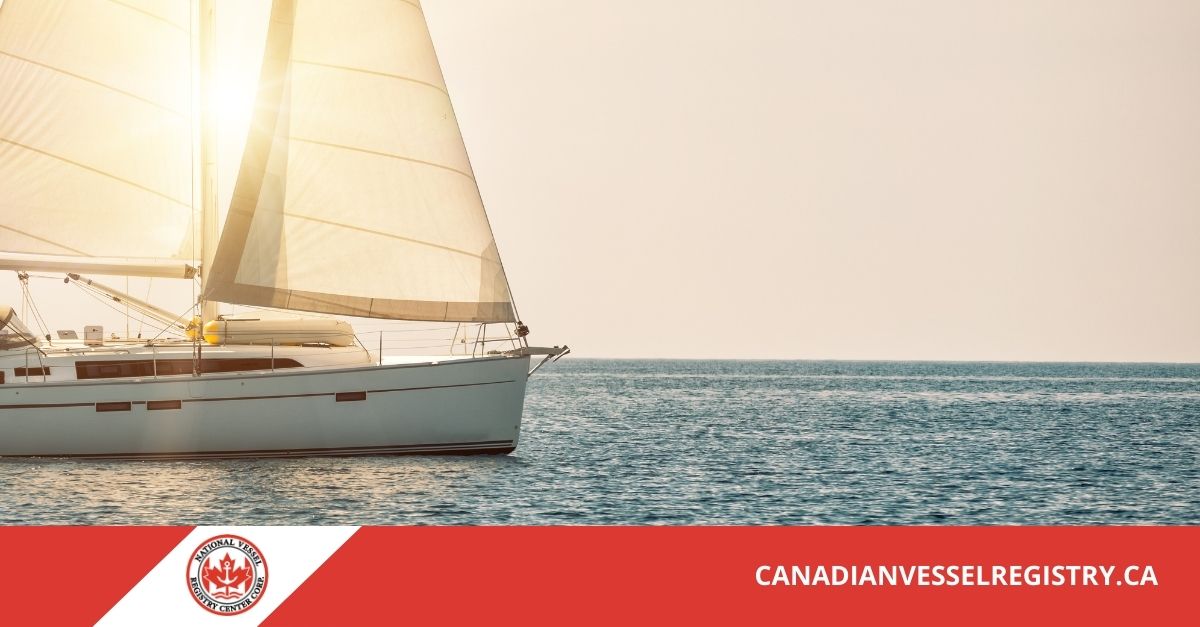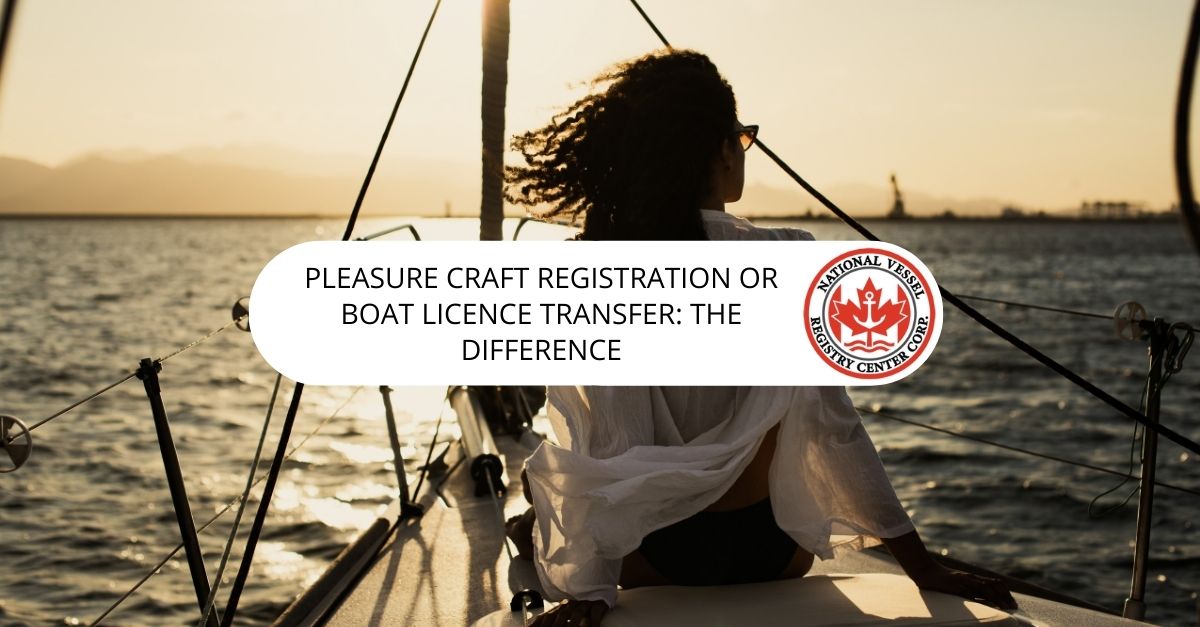As a prospective boat owner in Canada, you may be torn between transferring a licence number and opting for a pleasure craft registration. Before you set sail, let’s look at why registering your pleasure craft might be the preferred choice.
Pleasure Craft Registration Benefits
While a Boat Licence Transfer will help search-and-rescuers find you if you are involved in an emergency, registering your boat gives you some notable advantages. Not only is it used for identification purposes, your certificate of registry also allows you to show legal title and makes it easier to sail on waterways outside of Canada.
You can also fly the Canadian flag and give your boat a name, which you can display, along with the Hull Identification Number (HIN), on the boat.
Also, without registration, selling your boat can quickly become a complicated endeavor, especially if you unknowingly purchased a stolen vessel.
Safeguard Your Boat Transaction
To help you steer clear of possible legal or financial troubles when purchasing a boat, below are some tips that will allow you to sail with less worry.
- Feel More Confident About a Boat Purchase. When it comes to buying a boat, ensure you fully trust the seller. Are they transparent, and do they have all necessary paperwork? Even if you’ve discovered your dream vessel, proceed with caution if the seller appears evasive or dishonest – you might need to look elsewhere.
Dig deeper into the boat’s ownership history if it’s pre-owned. Find information about all previous owners, not just the current one.
- Examine the Hull Identification Number (HIN) or Transfer Licence Number. For pre-owned boats, inspect the HIN thoroughly to check for tampering or signs that it has been damaged. The number is displayed on the forward part of the starboard side and also on the transom or stern (when boats don’t have a transom).
The HIN acts as an identifier and supports a boat’s specs for construction and manufacturing info.
It should appear, as well, in a concealed spot inside the boat’s exterior.
A standard HIN consists of 12 characters; an additional two-character code may precede this number to represent the vessel’s country of origin.
For instance, an HIN with the country code might appear as follows: CA-BBC-2BC30G095. This number breaks down as follows:
- Manufacturer ID code (MIC) – BBC
- Manufacturer serial number – 2BC30
- Commencement of construction – G0
- Model year number – 95
Boat manufacturers and importers must obtain a manufacturer’s identification code (MIC), which is part of the HIN.
If you’re transferring the licence number, the displayed number should appear on the bow on each side and be visibly and easily seen above the water line. Letters and numbers should be Arabic or Roman and be at least 3 inches or 7.5 cm high. Make sure they contrast with the boat’s color.
- Check for a Lien. To verify the absence of liens, conduct a lien check on both the HIN and previous owner(s). You can either have a surveyor perform the check or conduct the check yourself.
- Check the C.P.I.C. Database. Additionally, query the HIN and boat’s name through the Canadian Police Information Centre (C.P.I.C.). This government-run database lists boats and other items for public reference.
- Ask a Lawyer. Ask a lawyer about anything you don’t understand about your contract or if you can amend it so you further safeguard your purchase.
- Choose to Register your Boat Over a Licence Transfer. Some sellers seem reliable. That is why some boat deals go sour. Registration, as noted, is usually a safer bet than a licence transfer as it ensures that you can show legal title and you won’t have as much trouble if you sail outside of Canada. Anyone who finances a boat must register it.

Visit the Canadian Vessel Registry
To make sure your pleasure craft registration or licence transfer goes through successfully, you’ll need to fill out the proper application at the Canadian Vessel Registry. If you’re not taking out a marine loan and will be using your boat occasionally, a transfer may be the best way to go. Otherwise, you should register your vessel.

